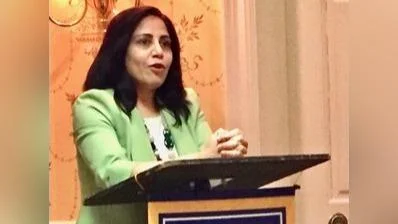COMMITTEE TO ELECT ROBERT DOBBS FOR US SENATE issued the following announcement on June 30.
You don’t have to look far to see the devastating economic impact a community can face after the US Census screws up its population count. When the Treasury Department started doling out the funds from its mammoth CARES Act in March and April, it set aside $8 billion for Native American tribal governments, who were hurting from the closures of casinos and the general economic downturn that resulted from the indefinite suspension of life as we knew it. Of that $8 billion, $4.8 billion was to be divided among the nation’s 574 federally recognized tribes based on their populations. (Never mind that the rest, as my colleague Delilah Friedler reports, could go to corporations.)
In April, tribes, upon the Treasury’s request, submitted the populations of their enrolled tribal citizens. But the Treasury allocated funds not by tribal citizenship, but by data from the US Census Bureau, which estimates that it undercounted Native Americans living on reservations by 4.9 percent in 2010. The result, according to a report compiled by researchers from Harvard, the University of Arizona, and UCLA, was a severe misallocation of federal funds that left some tribes severely underfunded. The Delaware Tribe of Indians (Eastern), for example, has more than 11,000 enrolled tribal citizens, which could have netted them $24 million in CARES Act funding, according to the report; instead, because of the way the Treasury allocated money based on an Indian Housing Block Grant dataset derived from census numbers, the tribe received just $100,000, or a little more than $9 per person.
Now, the same coronavirus that highlighted the necessity of an accurate count is threatening to condemn the roughly one million Native Americans living on reservations to 10 more years of political underrepresentation and economic insecurity.
Original source here.



 Alerts Sign-up
Alerts Sign-up